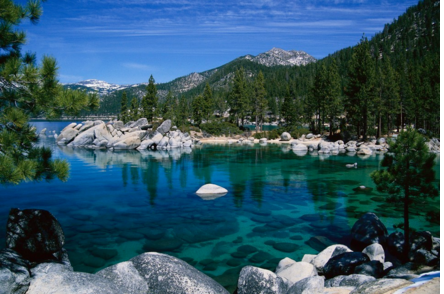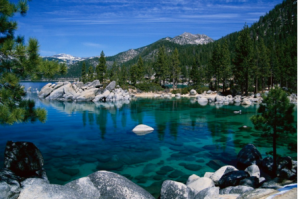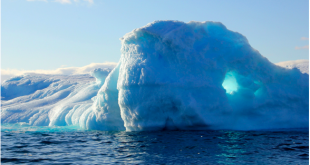Submitted by: Lauren Watt
Lake Tahoe, a popular vacation getaway, is remembered for the great skiing conditions in winter and the remarkable view of the clear lake during summer. Lake Tahoe, notably the second deepest lake in the United States, has risen a half degree each year in the past four years. What could happen if this trend continues?
In recent years, summer weather has lasted longer, leading to snow melts occurring later than usual. This warmer weather is a contributing factor to drastic changes in ecosystems. For example, Geoffrey Schladow from the UC Davis Tahoe Environmental Research Center explains that conditions are difficult for the species in the ecosystems because they “are adapted to the very high UV conditions and cold water temperature conditions.”
Additionally, climate change brings difficulty to native species due to the presence of invasive species. Although boat inspection programs have helped keep some invasive species away, boating further spreads invasive species that are already present. For instance, Asian clams are an invasive species that are connected to mass amount of algae, an essential organism that regulates water temperature.
Additionally, researchers are worried about the rise in water temperature because of the absence of deep mixing, which is essentially when cold water sinks to the bottom of the lake, bringing nutrients up. Without this, the water temperature will continue to rise because of geothermal heat.
Lake Tahoe natives and vacationers are both worried about climate change. The Tahoe Regional Planning Agency plans to focus on protecting the environment and ecosystems for the time being. To do this, citizens can cut back on waste and pollution as a start. With contributions from everyone, citizens and vacationers alike hope to improve the Lake Tahoe situation.
 Tempus Magazine By Students, For Students
Tempus Magazine By Students, For Students 




